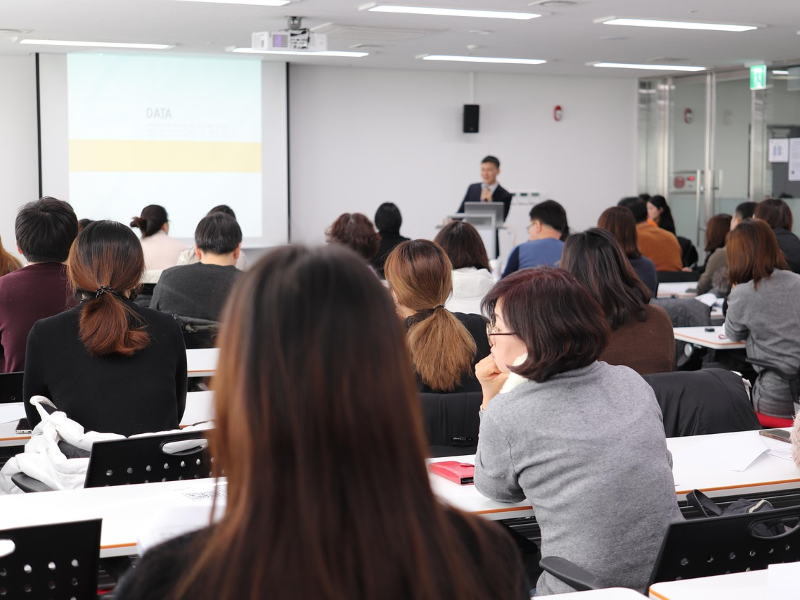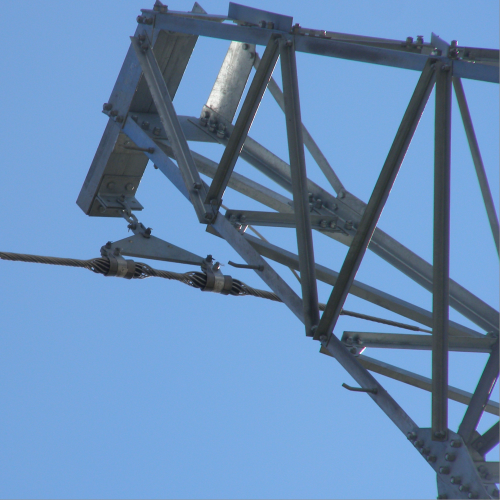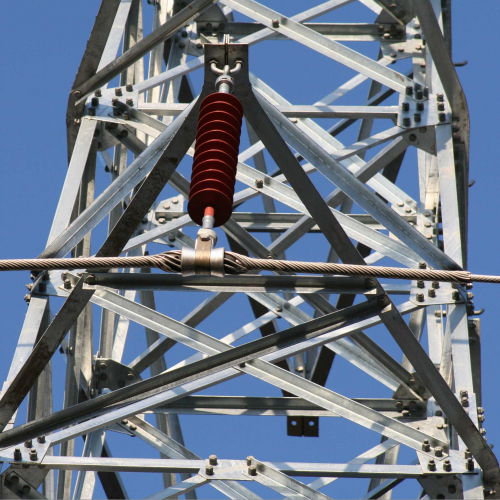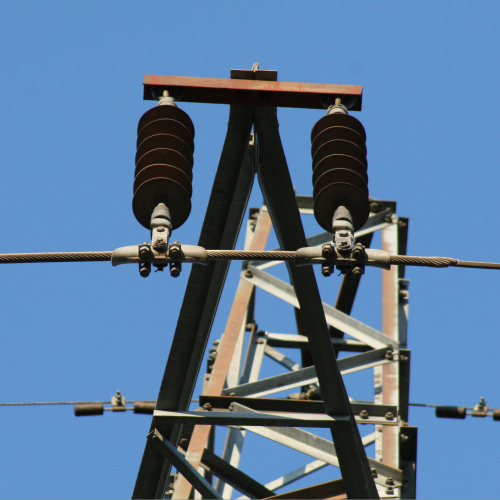On August 15th, Vilun Electric Co., Ltd. conducted a special technical training on cable brackets in the factory training workshop, the purpose is to improve the technical specifications and product quality stability of the production link. More than ten employees from the production department and the technical department participated in this training, and the training process was based on practical exercises.
On the day of the training, the layout of the training workshop was completed in advance. The steel parts, welding materials and various tools of the cable bracket are neatly placed on the console. The welding machine, level meter, torque wrench and other equipment have been debugged, and the production process diagram and the quality standard parameters of key parts are posted on the wall. The technical backbone responsible for the training was present in advance to conduct a final inspection of the training materials and tools to ensure the smooth progress of the training.
The training is divided into two links: welding process and assembly inspection. In the morning, we focused on practical training on the welding technology of the load-bearing structure of the cable bracket. The technical backbone demonstrated the welding process of the connecting nodes of the load-bearing beam and the column on the spot, and conducted standard demonstrations from current regulation, electrode angle to bar speed. The employees stepped forward in turn to perform welding exercises in accordance with the demonstration steps, and the technical backbone conducted roving guidance to correct non-standard operations through gestures and demonstration actions. The sound of welding continued to be heard in the workshop, and the employees focused on the operation at hand, and took the initiative to check the quality of the welds against standard samples after completion.

In the afternoon, the training turned to bracket assembly and quality inspection exercises. Semi-finished products of different specifications of brackets and samples with minor defects are placed on the console. The technical backbone demonstrated the operation methods of key links such as bracket verticality detection, spacing measurement, and load-bearing testing. The employees practiced in groups, one person was responsible for assembling the bracket components, and one person used tools such as a level meter and a tape measure for parameter testing, and disassembled and adjusted in time when the size deviation or structural instability was found. Everyone repeatedly compared the standard samples, and checked the details such as the vertical degree of the column and the uniformity of the layer spacing of the bracket one by one to make each process meet the quality requirements.
At the end of the training, a short practical assessment was set up, and participating employees independently completed the whole process of welding and assembling small brackets. During the assessment process, everyone followed the steps, from component positioning, welding and forming to assembly and fixing, and parameter testing in an orderly manner. After completion, the finished products were neatly placed and waited for inspection. The technical backbone inspects itemized by professional tools and marks the details that need to be improved on the finished product.
After the training, the employees sorted out the training tools and materials, and restored the console to cleanliness. The participants left the workshop with finished products marked with suggestions for improvement. Although there was no complicated process set up in the entire training process, the effect was significant. This technical training focused on the key links in production practice, and strengthened employees' mastery of process standards through targeted exercises, which laid a solid foundation for improving the quality of cable bracket products.




